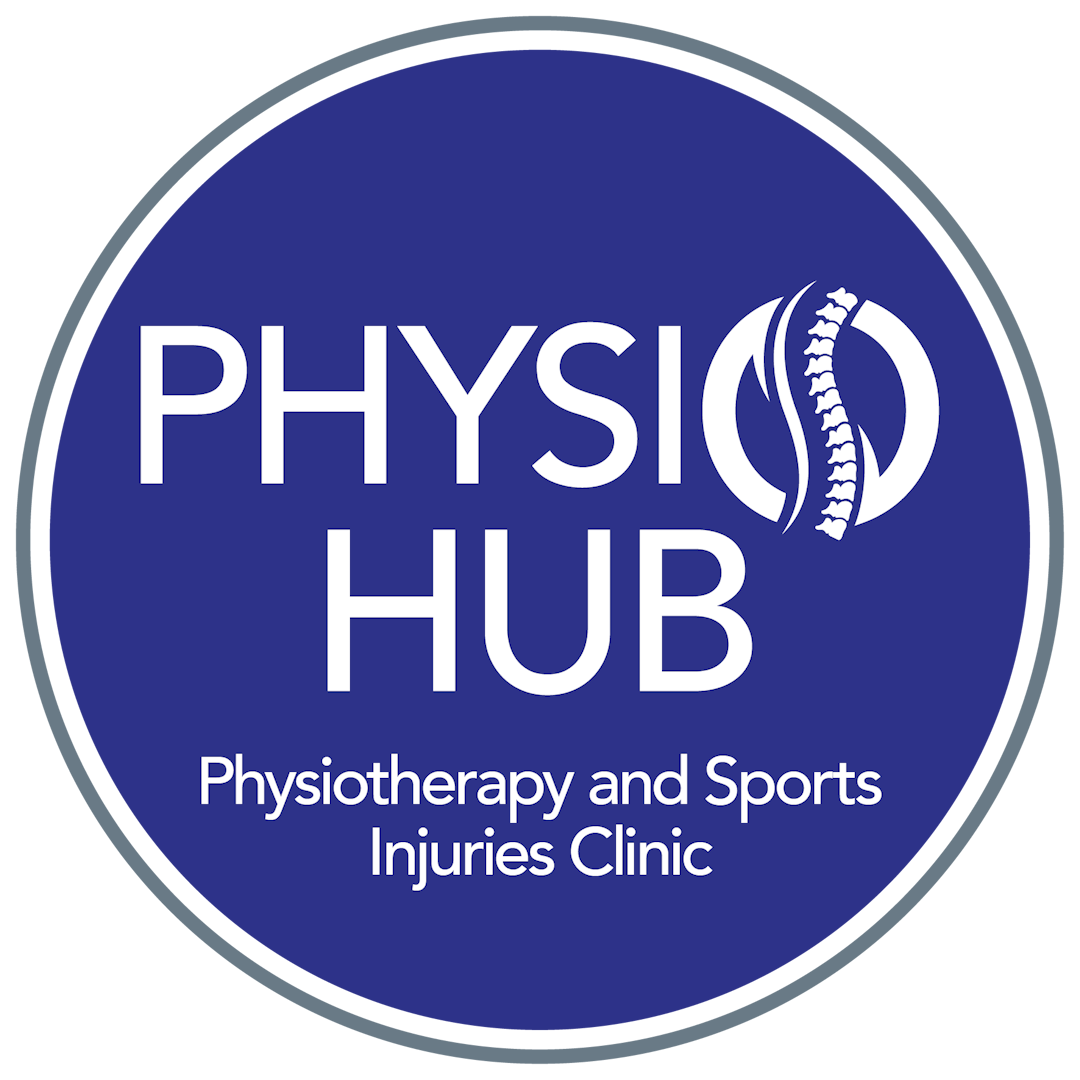Sensations during dry needling vary, but many patients describe it as a mild discomfort or a quick pinch. The needles used are thin, and the procedure is typically well-tolerated. The therapist will insert needles into targeted areas, and you may experience a brief muscle twitch response. After the session, some soreness is normal, but it often gives way to improved mobility and reduced pain in the following days.
